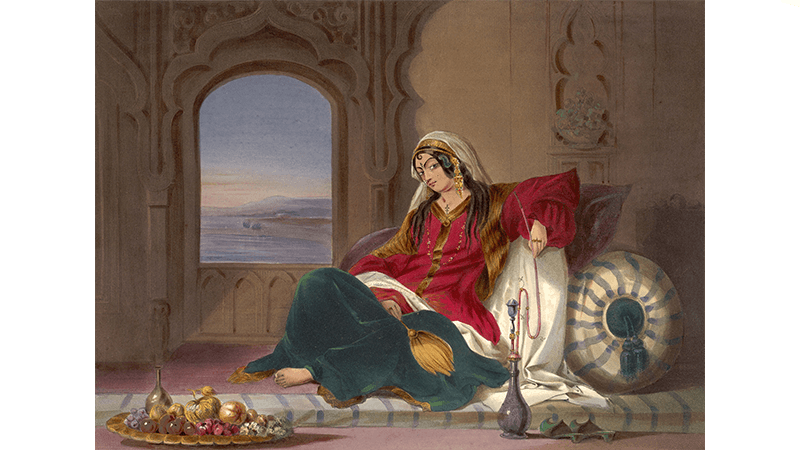“War Has Taken Much, But Not Our Style”: The Power Of Fashion For Afghan Women
To the world, Afghanistan is a place of violence and sorrow, where explosions tear apart lives and smoke obscures the sky. Observers see Afghan women in blue burqas – garments that conceal them from the world – and regard them as oppressed, silent and eternal. Yet Afghanistan boasts a history as ancient and rich as human civilisation itself. Despite the darkness, there is a lasting light in the hearts of Afghan women – a light that can be glimpsed through fashion; the inside of the burqa is alive with shades of lipstick and the scent of perfumes.
War has taken much, but not our style. I remember the women who shaped me: how they talked in the kitchen, in the living room; how they would discuss clothes and style. Through the reign of kings, the rule of communists, the terror of the Taliban and the turmoil of democracy, Afghan women have clung to one thing that no one could take from them: their choice of clothing within the privacy of their homes. The desire to be distinctive in their attire has persisted from the days of my grandmother, before the decades of war, to the present.
My grandmother was known for her classic fashion sense: a gold chain draped around her gold spectacles; a dress that fell just one foot above her toe. Her silk white trousers, hand-embroidered, along with her matching chiffon headscarf, exuded sophistication. Even as she aged, she didn’t get stuck in time, she evolved with it. Whenever my mother went to the bazaar, my grandmother would ask her to bring back fabrics and colours that suited her age and the era she was living in.
But my grandmother is not unique. When I talk to my friends and family in Afghanistan, I have noticed that one way to mark the passing of time, eras and trends is through style.
I too remember how it was in Afghanistan before every wedding. I would watch videos, curl my hair, search the internet and go to the bazaar with my mother to select clothes. We would go to each other’s houses to see what others were wearing. Months would be spent preparing for the day, and even as the wedding passed, the conversation about how someone looked and what they wore would linger for days afterwards in the halls of our home.

My sister, who came of age during the first time the Taliban were in power in the ’90s, tells me that fashion was even more important during that time; it was the only colour of life. They didn’t have the luxury of going to the bazaar to buy ready-made clothes but had to make pieces themselves. Girls of similar ages would then go to each other’s houses for weeks to do embroidery together. One would be an expert in one way of embroidering, the other in a different technique, and then they would teach one another. “But there was a hidden fun in those,” my sister tells me, “that you can’t find in the ones we now get ready-made or order online.”
Even though the times were dark, the colours of the embroideries and the designs added so much to life. It is those memories that colour her experience of those dark times. Fashion is more than just a piece of clothing: it becomes the only thing you still have control over, at least in the home; the only thing you can define your individuality with.
Sola Mahfouz is an Afghan-born Scientist and writer based in Boston, MA




